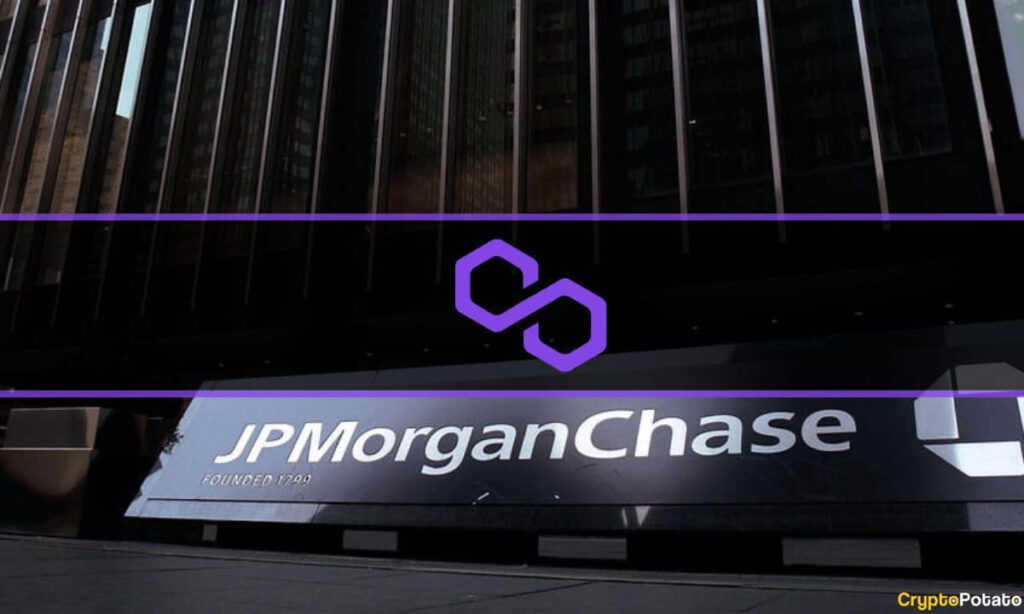As part of the Monetary Authority of Singapore (MAS) Project Guardian pilot, JPMorgan completed the first live cross-border transaction using Polygon on November 2.
MAS’ Project Guardian initiative aims to explore ways traditional financial institutions can leverage tokenized assets and decentralized finance (DeFi) protocols to execute financial transactions, among other use cases.
Milestone for JPMorgan
The Chief Fintech Officer of MAS, Sopnendu Mohanty, said the live pilots led by industry participants demonstrate that digital assets and DeFi have the potential to transform capital markets with the appropriate guardrails in place.
Calling it a big step towards facilitating “more efficient and integrated global financial networks,” Mohanty added that the Project Guardian has “deepened” the regulator’s understanding of the digital asset ecosystem and has contributed to the development of Singapore’s digital asset strategy.
Going forward, the MAS plans to work with more institutions to enable global learning on policies, standards, and best practices for the industry’s regulation and “responsible innovation.”
For the first testing phase, JPM’s blockchain division for wholesale payments – Onyx – joined forces with Singapore’s DBS Bank, Japan’s SBI Digital, Singapore Exchange’s digital asset platform Marketnode and Temasek. The participants conducted a cross-border transaction with tokenized Japanese Yen and Singapore Dollar deposits and also a simulated trade of tokenized government bonds.
Trade Using Polygon, Aave, and More
Confirming the development, Tyrone Lobban, Head of Onyx Digital Assets tweeted,
“WORLD! J.P. Morgan has executed its 1st *LIVE* trade on the public blockchain using DeFi, Tokenized Deposits & Verifiable Credentials, part of MAS’ Project Guardian”
Lobban revealed that the banking giant wanted to carry out the trade on Ethereum ane chose Polygon because of its cheap gas fees. However, future phases of Project Guardian will explore other blockchains as well, said the exec while citing MAS’ goal for open/interoperable networks.
JPMorgan used Aave to utilize its permissioned pools concept and deployed a modified version of Aave Arc to set certain parameters such as interest rate and fx rates. Additionally, the bank issued a tokenized Singapore Dollar (TSD) deposit for the Japanese Yen. TSD is a “native deposit token with stable on-chain value without the scalability issues plaguing stablecoin.”
To provide compliant access to Aave, JPMorgan used W3C Verifiable Credentials (VC). According to Lobban, VCs provide much more “fine-grained” control, including risk limits, asset limits, etc., instead of mere allow-listing addresses.
The bank also developed an institutional wallet to ensure traders can not access company funds. Trades, on the other hand, can be conducted with the help of approved DeFi protocols only, and all trade institutions have VCs.
The news comes just weeks after JPMorgan’s CEO Jamie Dimon reiterated his negative stance on the asset class and called Bitcoin a “decentralized Ponzi Scheme.”
Binance Free $100 (Exclusive): Use this link to register and receive $100 free and 10% off fees on Binance Futures first month (terms).
PrimeXBT Special Offer: Use this link to register & enter POTATO50 code to receive up to $7,000 on your deposits.


